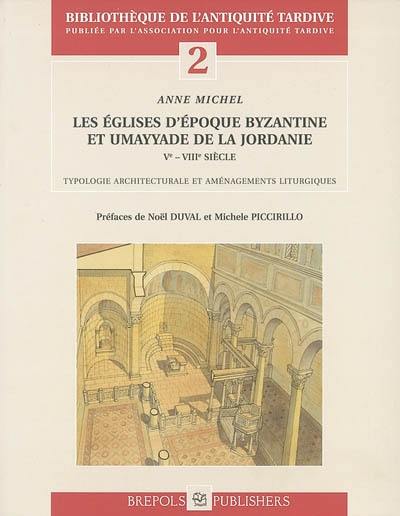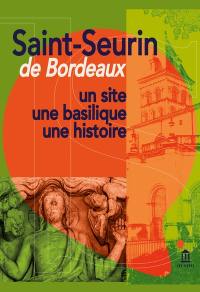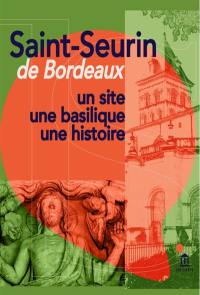
Fiche technique
Format : Broché
Nb de pages : XXI-471 pages
Poids : 400 g
Dimensions : 22cm X 28cm
EAN : 9782503511726
Les églises d'époque byzantine et umayyade de Jordanie (provinces d'Arabie et de Palestine), Ve-VIIIe siècle
typologie architecturale et aménagements liturgiques (avec catalogue des monuments)
Quatrième de couverture
La Jordanie est exceptionnellement riche en églises, pour la grande majorité postérieures au Ve siècle, nombreuses dans les grandes villes mais parfois aussi dans des bourgs de moindre importance. Les murs, mais surtout les pavements, avec leur riche décor de mosaïque, sont souvent bien conservés quand ils ont été protégés par les remblais. Depuis une vingtaine d'années on porte aussi intérêt à l'évolution des rites de la liturgie et donc des installations matérielles qui en sont la trace dans les édifices de culte.
Le livre se divise en deux parties. Un exposé continu examine successivement l'organisation ecclésiastique du territoire dans la période considérée, la répartition des églises dans les cités et les campagnes, les différents types de plans et les spécificités techniques qui en découlent (couverture en charpente, absides voûtées, coupoles éventuellement), le mode d'ornementation des sols en fonction des plans, parfois celui des murs, puis le mobilier liturgique (autel, ambon, sièges) et les installations (estrades, enceintes, reliquaires) qui lui sont liées. Des tableaux synoptiques nombreux et des planches typologiques permettent une vision rapide des particularités livrées par l'archéologie qui, faute de sources, est essentielle à l'histoire des Eglises des provinces qui correspondent à la Jordanie actuelle, à l'hagiographie de la région, à l'histoire économique et sociale, et à l'évolution de la liturgie.
L'inventaire, arrêté en 1998, comprend une analyse normalisée de l'architecture et des installations liturgiques de 180 monuments environ. Il reproduit et traduit les nombreuses inscriptions (en général sur mosaïque) qui permettent de dater assez précisément les églises entre le VIe siècle et le VIIIe siècle, parfois de connaître les saints titulaires et les circonstances de leur construction et de leur ornementation. Une illustration soigneusement sélectionnée (au moins un plan à échelle normalisée et une ou plusieurs photographies des plus significatives) est incluse dans chaque notice. Pour les monuments seulement mentionnés par les sources, incomplètement fouillés ou disparus, un catalogue sommaire consacre ensuite quelques lignes à leur localisation et à leurs caractéristiques connues.
Le livre comporte deux résumés substantiels des conclusions en anglais et en allemand.
Jordan is exceptionally rich in churches for the most part dating after the 5th century, many being in the large cities but sometimes also in towns of lesser importance. The walls, but above all the pavements, with their rich mosaic décor, are often well conserved when protected by a covering of sand or earth. Over the last twenty years, an interest has also developed for the evolution of liturgical rites and therefore for the material installations which reveal their trace in places of worship.
This book is divided into two parts. A continuous account examines successively the ecclesiastical organisation of the territory in the period under consideration, the repartition of the churches in the cities and in the countryside, the different types of plans and the resulting technical specificities (wood roofing, vaulted apses, and eventually domes), the mode of floor decoration in function of the plans, and sometimes the wall decoration, and also the liturgical furnishings (altar, ambo, seats) and installations (chancel, precincts, reliquaries) which are associated. Numerous synoptic tables and typological plates allow a rapid glance at the particularities provided by archaeology which, given the scarcity of literary sources, is essential for the history of the Churches in the provinces which correspond with Jordan at the present time, the hagiography in the region, the economic and social history, and the evolution in the liturgy.
The inventory, interrupted in 1998, includes a normalised analysis of the architecture and liturgical furnishings of about 180 monuments. It reproduces and translates the numerous inscriptions (in general on mosaics) which allow quite precise dating of the churches between the 6th and the 8th centuries, sometimes the names of the titular saints and the circumstances of their construction or their decoration. A carefully chosen illustration (at least one plan at a normalised scale and one or more of the more significant photographs) is included in each notice. For the monuments that are mentioned only in literary sources, those partially excavated or which have totally disappeared, a summary catalogue then devotes several lines to their localisation and their known characteristics.
This book includes two substantial summaries of the conclusions in English and in German.







